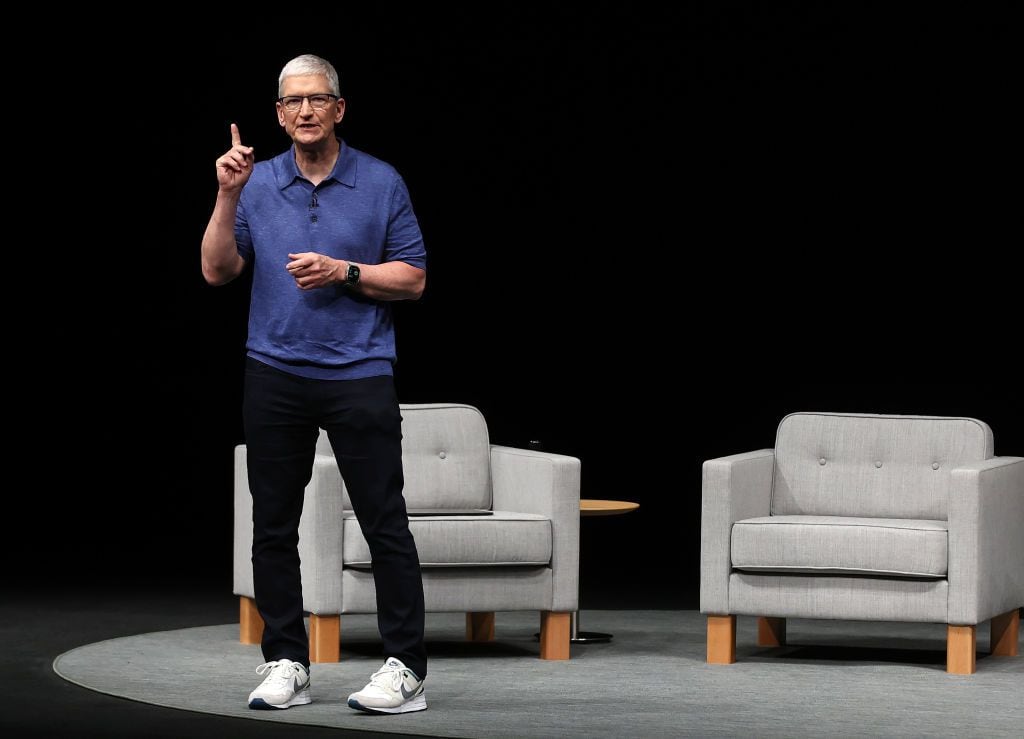U.S. payment darlings PayPal, Square, and Stripe are looking more alike than ever now that Stripe has launched a lending program for its customers.
Stripe, which has become the highest valued private fintech company at $22.5 billion by giving merchants a way to accept digital payments, launched Stripe Capital on Thursday, to give U.S. customers faster and more data-driven access to capital with automated and flexible repayment terms.
"Stripe Capital makes it easy for internet businesses to get the funds they need, when they need them," Will Gaybrick, Stripe's chief product officer, said in a statement. "Businesses, especially small businesses and startups, are the engines for job creation in our economy. It should be trivially simple and lightning fast for them to access the capital they need to smooth their cash flow and invest in their own growth."
Rather than charging an interest rate on the loan, Stripe charges its customers a single fixed fee. The fee amount varies from one business to another but a company spokesman says customers can expect it to be comparable to most credit card rates — between 5 and 20 percent. To collect the fees, Stripe deducts them as a percentage of every transaction that runs through the merchant.
As a processor of companies' payments, Stripe has tremendous insight into the cash flow of their businesses and can use its customer data to determine not just loan eligibility and terms but also, eventually, more personalized and contextual offers — similar to how personal finance apps use consumer bank data to push personalized offers on other financial products.
Lending has been a gap in Stripe's business that its competitors have been capitalizing upon, namely with Square Capital and PayPal Working Capital.
Historically, Stripe has differentiated itself from the others by being more technology and software-centric. Square's appeal is rooted deeply in its in-store payment acceptance offerings, PayPal's is rooted in online payment acceptance, and Shopify's in the ability to help merchants create Internet storefronts. Regardless of where they began, though, their goals are expanding and morphing into the same thing: to enable small-business commerce online and IRL.
"Stripe, PayPal and Square in particular — but to a lesser extent, Shopify, Adyen and other payment-related darlings — increasingly get into each others' businesses as they grow," said Lisa Ellis, a partner and senior equity analyst at MoffettNathanson.
Much of Stripe's growth going forward could come from Capital, said Ian Benton, senior analyst at Javelin Strategy & Research. It's common enough for companies to see most of their growth come from auxiliary products rather than their initial core products. For example, rival Square reported in its most recent earnings that most of its growth came from products other than the core POS system.
Ellis also said Stripe's entry into lending signals a further wave of consolidation. This year has been one of the biggest for M&A activity in payments as legacy payment giants realigned to take on upstarts like Stripe and Square. In May, Global Payments and Total System Services inked a $21.5 billion deal to merge, the third payments mega-deal of 2019 following the $34 billion acquisition of Worldpay by FIS in March and Fiserv's purchase of First Data for $22 billion in January.
"It's not viable that over the next three to five years you'll continue to have all five of those players independently building out businesses that look increasingly the same," Ellis said of the upstarts.
Payment processors catering to mostly digital businesses have also been adding in-store solutions over the last year, which has until recently been Square's bailiwick. Last year Stripe added a POS system into its product suite, Stripe Register, and PayPal bought Swedish POS system iZettle. Shopify also launched one this April.
Benton said the market can support multiple players, especially if they're going after different types of businesses. While Stripe might target a tech-savvy online business, Square is more likely to target smaller merchants.
"The market is big enough for all of them," he said. "Different types of customers are going to be by nature drawn to different types of companies. Someone running a food truck is never going to go through Stripe. In the near term, even if Amazon starts to grow crazily quickly, I still don't see them edging out any of these players in the immediate term."
Amazon has its own invitation-only version of this program, called Amazon Lending.
Stripe processes payments for Amazon, but in a way it's part of an army of companies that help small businesses compete and survive without being totally dependent on companies like Amazon or Alibaba, Ellis said.
"There's a worldview that says in the future, all of commerce will funnel through a handful of very large e-commerce platforms and that's where all the power is going to go," she said. "This group of companies is operating to create a different world in which they can democratize commerce so small businesses can set up a store front and operate online and they don't need to be dependent on those big platforms."












